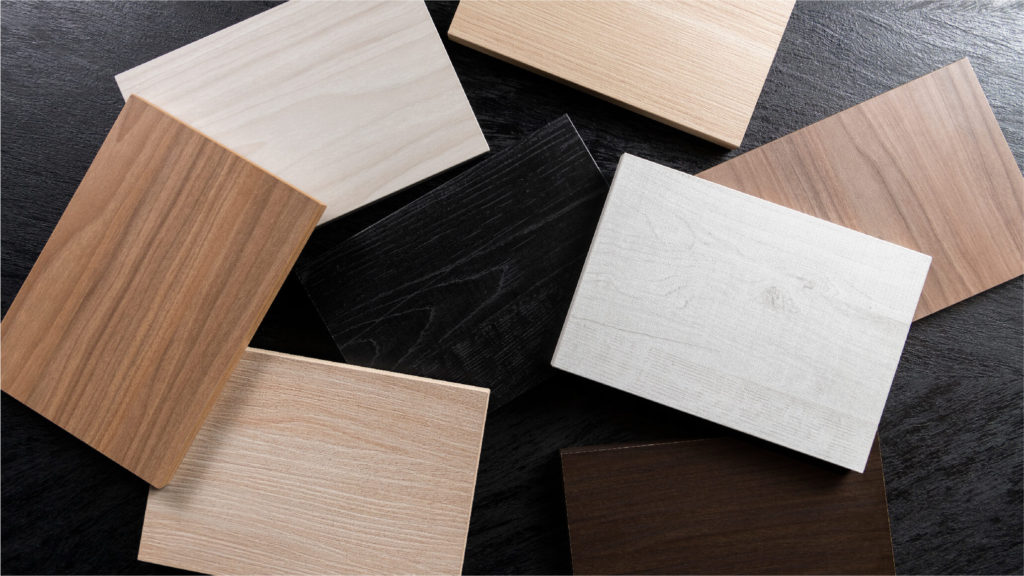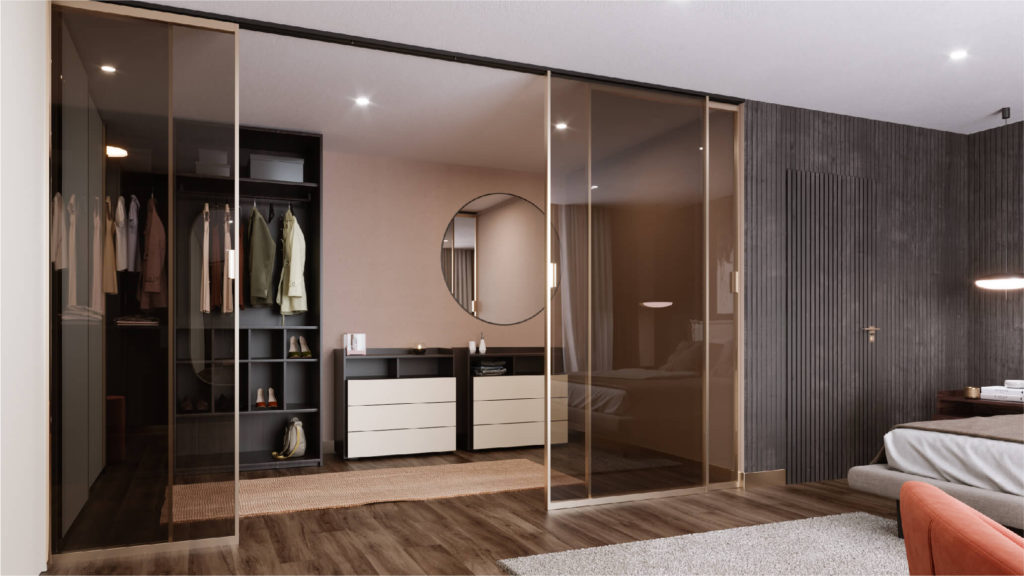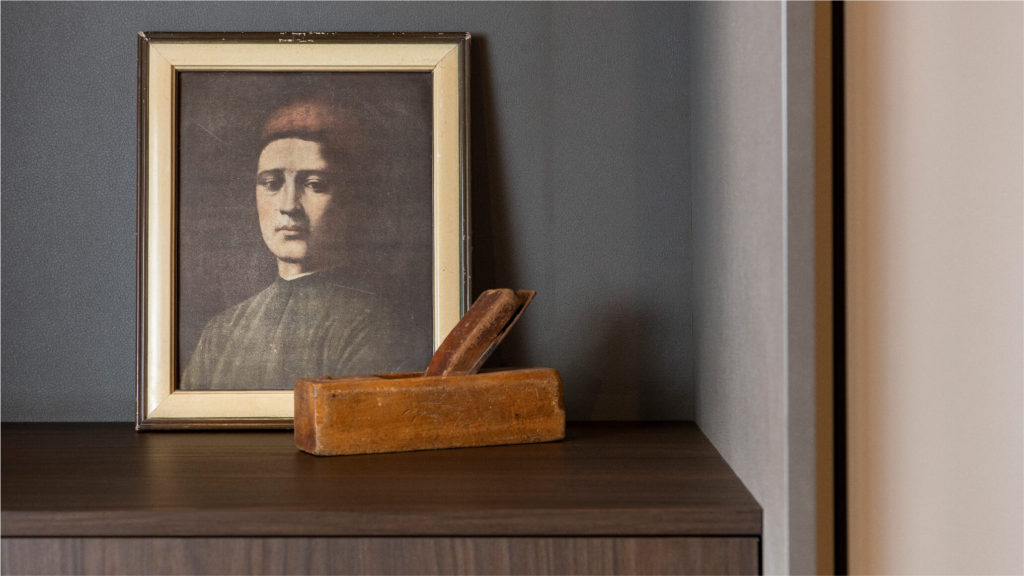Here you can find answers addressing some of the frequently asked questions that new
homeowners may have following their purchase.
So, you’ve bought a house. Firstly, congratulations on taking this exciting step! You may have realised, by now, that the actual purchase was the first of many hills that need to be climbed before moving day. If you’re new to this, don’t let fear take away the fun from the process of furnishing and decorating your house. We’re here to help answer a few of the most common questions that first-time buyers have after purchasing their home!
Can’t find the answers you’re looking for? Get in touch with a member of our team and we’ll walk you through the rest!

Generally speaking, it will take at least three appointments before you confirm your kitchen. Most buyers will visit a minimum of three suppliers, to begin with, where they will get an overall understanding of what the supplier can offer.
As the client starts filtering down their options, they can set follow-up appointments with their favourite suppliers. Here, they will make the ‘big changes’ – such as adding in or removing an island from the kitchen layout, or changing the style of the wardrobe in the bedroom. During the third meeting, the client and the supplier will fine-tune the details to make sure that everything falls into place. This full process can take between two to three months.
When shopping around for furniture, it could be difficult to tell whether certain objects provide good value for money or are just overpriced. Traditionally, price differences came down to a difference in materials and craftsmanship.
For example, handmade products take much longer to produce than factory-made ones so they would be expected to be more costly. But with the right technology, machine-made furniture can actually be more durable and sturdy even if those products are sold at a lower price point! Factors such as shipping costs could also add a significant cost to your order, so it’s important to consider all the options when choosing furniture.

If you’re new to the world of furniture shopping, knowing which materials to look out for can be tricky. You will likely come across three types of materials, each one having its own pros and cons. These are solid wood, veneer and laminate.
Laminate products are easy to clean and much more stain-resistant and scratch-resistant than solid wood. The manufacturing process leads to a highly-durable product that is suitable for all types of home environments. Laminate furniture also tends to be more affordable, giving you more for your money.
Veneer products are another cost-effective option that provides the look and feel of natural wood. Veneer can be sanded and refinished in case of scratches and strains. This type of material can also be cleaned easily using a duster.
Solid wood furniture is made from real wood, which is often the most expensive material to use. This type of furniture is produced manually and is highly durable, but may also take the longest time to build.
Before heading into your first showroom, it’s a good idea to set a budget for your furniture. This will help you ask the right questions and know what to look for. A basic ‘entry-level’ budget to furnish your home could be as low as €8995, while a pricy kitchen could cost €35,000 on its own! A good budget for a medium-priced nice set for your whole home would be around €35,000.
The time needed for the work to be completed will depend on your suppliers. Locally-produced products can be delivered in a shorter timeframe than products shipped from overseas, but hand-made products will take a significantly longer time to produce than factory-made ones.

Here you can find answers addressing some of the frequently asked questions that new homeowners may have on kitchens.
There’s no doubt that a kitchen is an investment. Hopefully, your kitchen will last as long as you’re living in your home, so you want to make sure you’ll still love it years down the line. Discussing budgets with your kitchen designer will help them make the best suggestions in terms of layout, materials and accessories that are still affordable for you. If you’ve still gone over budget, you can reduce costs by choosing a different worktop as these tend to be the most pricey elements in the kitchen. Moreover, be smart when choosing cabinets – the wider ones will fill up the space quicker, so you’ll need less of them compared to smaller cabinets.
Everybody loves the idea of having an island in their kitchen, but tight spaces do make it difficult to fit them in without limiting practicality. There are certain guidelines that you need to follow to ensure your kitchen is functional and accessible, and trying to fit in an island where there just isn’t enough space is not really worth it.
However, we do like to offer alternatives that still provide the look and feel of an island if possible. For example, a breakfast bar connected to your kitchen counter could be a solution! If an island does fit, it’s important to choose the right sizing and layout to make the most of your space. A designer will be able to draw up your options and assess whether or not an island is the best way forward.

The secret to a spacious kitchen is storage. Whether visible or closed behind cupboards and drawers, smart storage solutions can function to increase your space while keeping things neat. Storage accessories such as the Flow Display can give you space to store anything from glasses to jars and spices. You can also maximise storage by ensuring your cabinets have enough capacity to hold your items. For example, using taller cabinets will allow you to maximise height and fit in more cupboards. Similarly, stacking cabinets and bridging cabinets together is a good way to create storage for items you don’t frequently reach for.

Here you can find answers addressing some of the frequently asked questions that new homeowners may have on bedrooms.
There’s no doubt that a kitchen is an investment. Hopefully, your kitchen will last as long as you’re living in your home, so you want to make sure you’ll still love it years down the line. Discussing budgets with your kitchen designer will help them make the best suggestions in terms of layout, materials and accessories that are still affordable for you. If you’ve still gone over budget, you can reduce costs by choosing a different worktop as these tend to be the most pricey elements in the kitchen. Moreover, be smart when choosing cabinets – the wider ones will fill up the space quicker, so you’ll need less of them compared to smaller cabinets.
Everybody loves the idea of having an island in their kitchen, but tight spaces do make it difficult to fit them in without limiting practicality. There are certain guidelines that you need to follow to ensure your kitchen is functional and accessible, and trying to fit in an island where there just isn’t enough space is not really worth it.
However, we do like to offer alternatives that still provide the look and feel of an island if possible. For example, a breakfast bar connected to your kitchen counter could be a solution! If an island does fit, it’s important to choose the right sizing and layout to make the most of your space. A designer will be able to draw up your options and assess whether or not an island is the best way forward.

There’s no doubt that a kitchen is an investment. Hopefully, your kitchen will last as long as you’re living in your home, so you want to make sure you’ll still love it years down the line. Discussing budgets with your kitchen designer will help them make the best suggestions in terms of layout, materials and accessories that are still affordable for you. If you’ve still gone over budget, you can reduce costs by choosing a different worktop as these tend to be the most pricey elements in the kitchen. Moreover, be smart when choosing cabinets – the wider ones will fill up the space quicker, so you’ll need less of them compared to smaller cabinets.

Here you can find answers addressing some of the frequently asked questions that new homeowners may have on living.
There’s no doubt that a kitchen is an investment. Hopefully, your kitchen will last as long as you’re living in your home, so you want to make sure you’ll still love it years down the line. Discussing budgets with your kitchen designer will help them make the best suggestions in terms of layout, materials and accessories that are still affordable for you. If you’ve still gone over budget, you can reduce costs by choosing a different worktop as these tend to be the most pricey elements in the kitchen. Moreover, be smart when choosing cabinets – the wider ones will fill up the space quicker, so you’ll need less of them compared to smaller cabinets.
Everybody loves the idea of having an island in their kitchen, but tight spaces do make it difficult to fit them in without limiting practicality. There are certain guidelines that you need to follow to ensure your kitchen is functional and accessible, and trying to fit in an island where there just isn’t enough space is not really worth it.
However, we do like to offer alternatives that still provide the look and feel of an island if possible. For example, a breakfast bar connected to your kitchen counter could be a solution! If an island does fit, it’s important to choose the right sizing and layout to make the most of your space. A designer will be able to draw up your options and assess whether or not an island is the best way forward.

The secret to a spacious kitchen is storage. Whether visible or closed behind cupboards and drawers, smart storage solutions can function to increase your space while keeping things neat. Storage accessories such as the Flow Display can give you space to store anything from glasses to jars and spices. You can also maximise storage by ensuring your cabinets have enough capacity to hold your items. For example, using taller cabinets will allow you to maximise height and fit in more cupboards. Similarly, stacking cabinets and bridging cabinets together is a good way to create storage for items you don’t frequently reach for.

Here you can find answers addressing generic frequently asked questions that new homeowners might have.
There’s no doubt that a kitchen is an investment. Hopefully, your kitchen will last as long as you’re living in your home, so you want to make sure you’ll still love it years down the line. Discussing budgets with your kitchen designer will help them make the best suggestions in terms of layout, materials and accessories that are still affordable for you. If you’ve still gone over budget, you can reduce costs by choosing a different worktop as these tend to be the most pricey elements in the kitchen. Moreover, be smart when choosing cabinets – the wider ones will fill up the space quicker, so you’ll need less of them compared to smaller cabinets.
Everybody loves the idea of having an island in their kitchen, but tight spaces do make it difficult to fit them in without limiting practicality. There are certain guidelines that you need to follow to ensure your kitchen is functional and accessible, and trying to fit in an island where there just isn’t enough space is not really worth it.
However, we do like to offer alternatives that still provide the look and feel of an island if possible. For example, a breakfast bar connected to your kitchen counter could be a solution! If an island does fit, it’s important to choose the right sizing and layout to make the most of your space. A designer will be able to draw up your options and assess whether or not an island is the best way forward.

The secret to a spacious kitchen is storage. Whether visible or closed behind cupboards and drawers, smart storage solutions can function to increase your space while keeping things neat. Storage accessories such as the Flow Display can give you space to store anything from glasses to jars and spices. You can also maximise storage by ensuring your cabinets have enough capacity to hold your items. For example, using taller cabinets will allow you to maximise height and fit in more cupboards. Similarly, stacking cabinets and bridging cabinets together is a good way to create storage for items you don’t frequently reach for.
Interested in seeing more? Get in touch and we'll walk you through the rest!
Address
Opening Hours
Get Directions